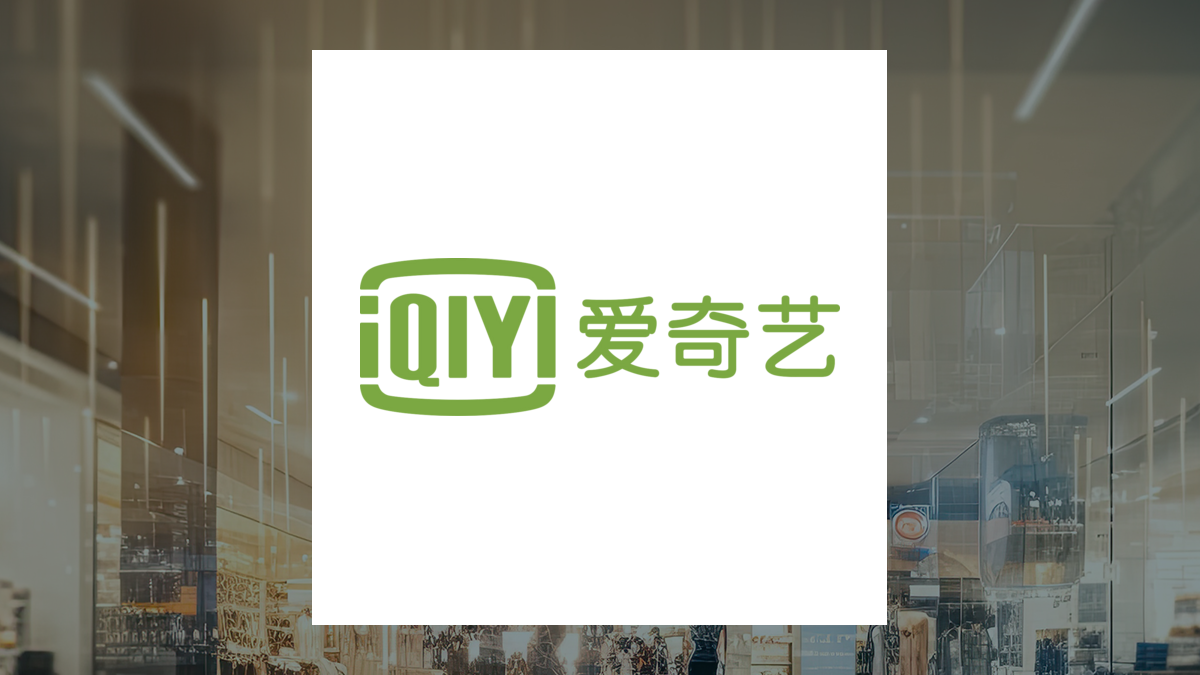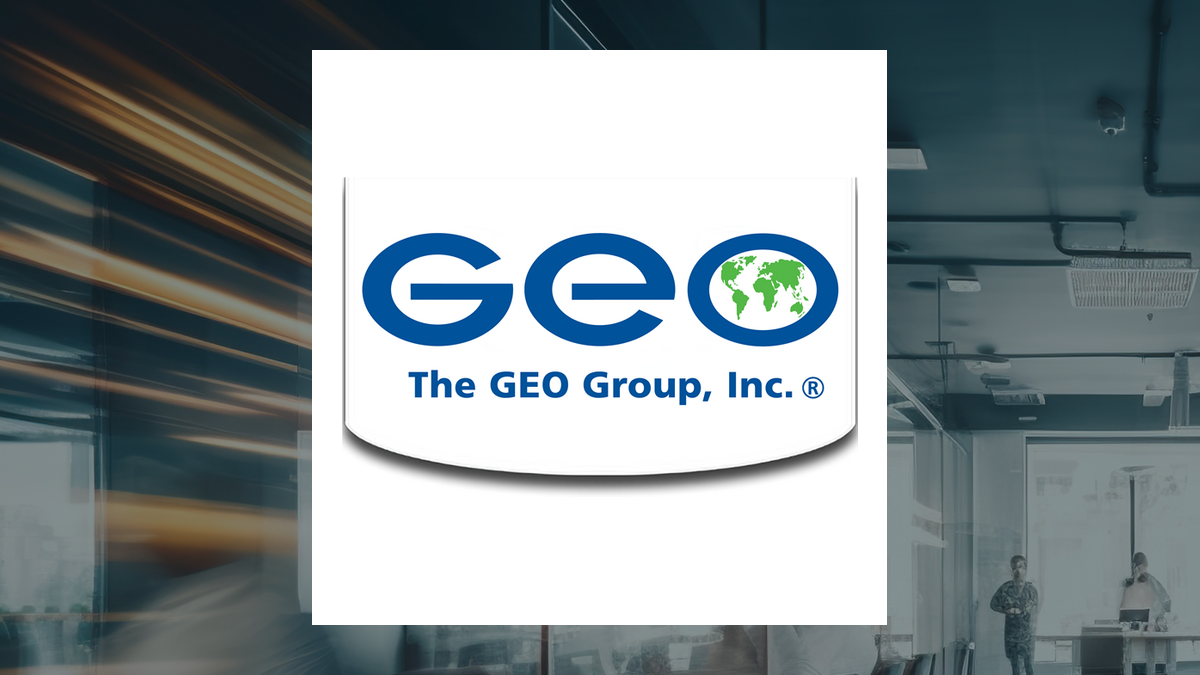Bertie tends to exit all WhatsApp groups that have more than ten people. As groups get larger, odds are that a few strongly opinionated and/or permanently offended WhatsApp warriors will monopolize all discussions with their extreme views about everything under the sun. The one notable exception to this rule is a motley group of working professionals from diverse backgrounds who share interesting articles that they have read along with a short summary.
Occasionally, there is a discussion, but it is always nuanced, respectful and open-minded. Recently, an article was shared on the group that stated that 90% of Indians had no money for discretionary spends. The discussion that followed quoted the India 1,2,3 framework attributed to a now-bankrupt modern retail pioneer.

Some others shared charts from a report by an international brokerage that showed that even after two decades of operation in the country, quick service restaurants that sell pizzas and burgers were present in only 7% of India’s postal codes. The tone of the discussion was there was a ‘Stock Market India’ of roughly 150 million people who were investing in stocks of companies that primarily sold to the same 150 million. Read more: India's economy strengthened in February, but external weakness remains a worry, shows Mint tracker The conversation soon veered to quick commerce (QC), where the proponents were of the opinion that this was one service that would break through the ceiling of 150 million people, since it was a delivery pipe rather than a product or service that lays claims on consumer budgets.
The building blocks of cheap internet, easy user interface, convenience, assortment and affordability, they argued, were all in place. The detractors pointed to the fact that despite all this, household penetration of QC was just 7% and that economics in non-metro cities will not be lucrative for the players. For the consumer, QC might be a no-brainer, but providing those services to everyone may not be so for the QC companies.
The heartening fact was that all through the discussion nobody was called an andh bhakt , neither was anyone asked to decamp to Pakistan. For Bertie , this discussion frames the Indian consumer opportunity debate. If India is going to remain a two-tiered economy with the creamy layer accounting for the bulk of the consumption, but expanding very slowly, then we are overpaying for consumer companies’ growth.
However, if the 90% of the untapped population is latent demand, then the runway for expansion is long and attractive. But for now, whether the glass if half full or half empty is not apparent to Bertie. The monks of the market The advantage of having a centrally located office is that impromptu meets with friends become easier.
Having three good coffee shops in the office building helps as well. Yes, there is a fourth, but Bertie hesitates to call it good. Last week, Andy, an old friend of Bertie’s, was in town from Singapore.
The gentleman works for a low-key but very well-respected firm that believes in PIPE (private investments in public equity) investing. They make very few transactions, which are generally in the mid-cap space, and hold them for long periods of time. The investing results have been stunning, which is one of the reasons why it is one of the handful of investment firms that Bertie genuinely respects.
Andy was in Bertie’s hood with time on hand so the two decided to meet at one of the three good coffee shops. After the mandatory market and stock views were exchanged, Bertie posed a question that he was always curious about. “How do you pitch this PIPE strategy to your investors, Andy?” he asked.
“Isn’t it neither here nor there? Institutional investors understand public equity strategies that generally invest in the top couple of hundred stocks, and they understand private equity that invests in unlisted shares. What’s your sales pitch?” Read more: Why RBI gave banks a knuckle rap for their misaligned retail focus Andy took a thoughtful sip of his cortado. “It was hard initially, Bert.
They did not know where to slot us but over time we have been able to demonstrate the advantages of what we do.” Andy explained that most of the well-managed, mid-sized companies in India do not need external capital. They have strong internal accruals that are sufficient to take care of their growth needs.
Private equity will never be able to invest in such companies but if they happen to be listed, the PIPE investor can patiently accumulate their shares and participate in their growth. “Fees and liquidity are the other advantages,” Andy continued.” We charge much lower than private equity and, in case we need to sell our investments for whatever reason, we can do it quickly and cheaply.
” “The biggest advantage versus private equity is that they deal with Mr. Promoter when they buy, but we deal with Mr. Market.
The promoter is a very knowledgeable seller who will extract the maximum value from the sale but Mr. Market can be moody and, at times, even whimsical. When buying something, one would rather deal with Mr.
Market than the promoter.” That made sense to Bertie. “The real challenge, my friend, is to sit still for months if not years.
Because the market opens everyday at 9.15 am and shows us prices of everything. You almost have to be a monk.
” Andy signed off with a zen smile. Bertie is a Mumbai-based fund manager whose compliance department wishes him to cough twice before speaking and then decide not to say it after all..
Business

Markets with Bertie: Is India's glass half full or half empty? There is no clear answer yet

A recent discussion in a diverse group examined India's consumer opportunities and quick commerce, and Bertie's friend sheds light on PIPE investing















